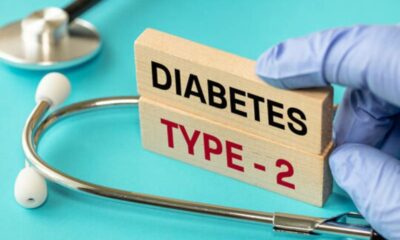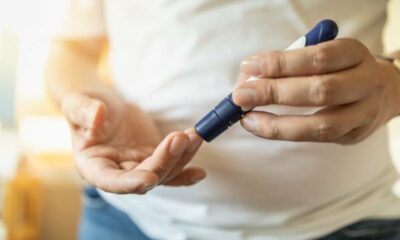Diabetology
How Diet and Exercise Impact HbA1c Levels in Diabetics
-
General Medicine4 days ago
Advancing Medical Innovations: Exploring the Breakthroughs of Microsurgery
-

 Diabetology1 week ago
Diabetology1 week agoYour Natural Solution for Blood Sugar Control
-

 Diabetology4 days ago
Diabetology4 days agoHow AI Is Revolutionizing Diabetes Care: From Glucose Monitoring to Prevention
-

 Diabetology6 hours ago
Diabetology6 hours agoAyurvedic Remedies to Manage Type 2 Diabetes Effectively
-

 Diabetology7 hours ago
Diabetology7 hours agoScientists Discover Sweet and Simple Way to Reduce Diabetes Risk — No Medicine Required












